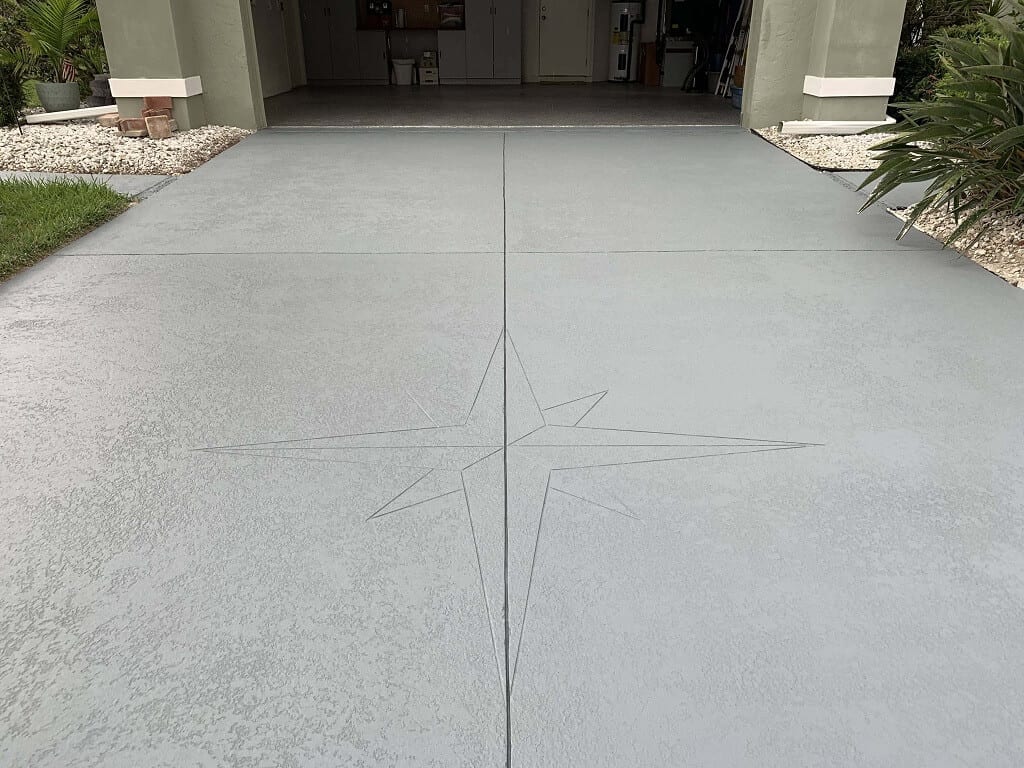Explore the Excellence of legendaryconcretebrentwood.com: Your Concrete Authority
Wiki Article
The Environment-friendly Option: Concrete Sidewalks for Your Neighborhood
Concrete sidewalks are a common function in most neighborhoods, yet their influence on the environment is often forgotten. Nevertheless, choosing concrete for your area walkways can make a significant distinction in terms of sustainability and eco-friendliness. The advantages of selecting concrete exceed simple aesthetic appeals and functionality. By taking into consideration the environmental benefits and long-term results on the community, the selection of materials for pathways becomes a critical decision. Allow's explore why concrete walkways could be the environment-friendly choice your community requires.Advantages of Concrete Sidewalks
When thinking about the installment of sidewalks in a community, the advantages of picking concrete over other materials are considerable and many. Concrete pathways offer toughness, withstanding heavy foot web traffic, climate variations, and environmental elements better than alternate products like asphalt or crushed rock. This long life translates to cost-effectiveness over time, as concrete sidewalks need much less regular fixings and upkeep. In addition, concrete is a versatile material that can be easily customized to complement the aesthetic of any type of community with different surfaces, colors, and patterns.
Toughness and Durability
Just how can concrete walkways outmatch other products in regards to resilience and long life? Concrete sidewalks are renowned for their outstanding resilience and durability contrasted to alternative materials like asphalt or pavers. The intrinsic toughness of concrete makes it highly resistant to fracturing, changing, and general deterioration triggered by foot website traffic, weather changes, and various other ecological factors. Unlike asphalt, which can soften in high temperatures and fracture in cold problems, concrete keeps its architectural integrity, requiring very little maintenance gradually.In addition, concrete's sturdiness decreases the need for regular repair work or substitutes, making it a lasting and cost-effective choice for neighborhood sidewalks. By spending in concrete sidewalks, areas can take pleasure in a durable and reputable facilities that improves the total aesthetic allure and capability of the area.
Reduced Upkeep Needs
Concrete walkways stand apart for their minimal upkeep requirements due to their long lasting nature and long-lasting performance. Unlike alternate products that might call for frequent repair work or replacements, concrete walkways use a cost-efficient option that demands little maintenance with time. Among the essential advantages of concrete walkways is their resistance to weathering and erosion. This indicates they can stand up to severe weather, hefty foot website traffic, and other ecological elements without wearing away promptly.Regular upkeep for concrete pathways generally includes basic jobs such as regular cleaning to eliminate debris and periodic sealing to shield the surface. In comparison to materials like asphalt or pavers that may move, fracture, or deteriorate more conveniently, concrete sidewalks preserve their structural integrity with minimal intervention. Additionally, any repairs that may be required are generally local and can be attended to quickly, minimizing both the time and cost connected with upkeep.

Ecological Benefits
With a concentrate on sustainability and eco-friendliness, concrete walkways provide notable ecological advantages that add to a greener area framework. Concrete is a material known for its durability and long life, minimizing the need for frequent substitutes. This longevity minimizes the ecological impact linked with the manufacturing and transportation of brand-new materials for pathway building. Additionally, concrete pathways have a high solar reflectance index, implying they reflect a substantial amount of sunshine rather than retaining and taking in heat. This high quality helps alleviate the urban warm island effect, minimizing energy usage for cooling down buildings and boosting overall convenience in urban areas.Moreover, concrete is a permeable product that permits water to penetrate right into the ground, reducing stormwater runoff and aiding in groundwater recharge. This helps avoid erosion, lessen flooding, and preserve the all-natural equilibrium of water supply in the community. By selecting concrete walkways, neighborhoods can make a lasting option that favorably affects the atmosphere and boosts the lifestyle for homeowners.
Enhancing Neighborhood Sustainability
By prioritizing sustainable infrastructure options, areas can cultivate an unified equilibrium in between environmental consciousness and community growth. Enhancing neighborhood sustainability involves a complex approach that surpasses just the ecological benefits of concrete sidewalks. Carrying out green rooms, promoting energy-efficient practices, and fostering a feeling of neighborhood interaction are crucial parts of producing a sustainable community.One method to boost neighborhood sustainability is through the combination of permeable concrete walkways. These sidewalks enable rainwater to permeate into the ground, minimizing stormwater runoff and lessening the strain on metropolitan drainage systems. Click Here. By incorporating permeable pathways, neighborhoods can improve water high quality, lower flooding dangers, and enhance general ecological durability
Moreover, promoting alternate transportation approaches such as walking and cycling can dramatically minimize carbon emissions and promote a much healthier way of living among homeowners. Producing risk-free pedestrian pathways, bike lanes, and designated greenways can motivate locals to count much less on cars, additionally contributing to the community's sustainability objectives.
Conclusion
To conclude, concrete pathways offer many benefits for neighborhoods, consisting of sturdiness, low upkeep needs, and ecological benefits. By selecting concrete pathways, areas can enhance their sustainability and contribute to a more environmentally friendly setting. It is clear that concrete walkways are the suitable option for communities wanting to boost their infrastructure in a long-lasting and eco-friendly way.When taking into consideration the setup of walkways in a neighborhood, the advantages of selecting concrete over various other products are numerous and significant. Furthermore, concrete's toughness reduces the need for frequent repair work or replacements, making it a cost-efficient and lasting option for area sidewalks (legendaryconcretebrentwood.com).With an emphasis on sustainability and eco-friendliness, concrete sidewalks provide remarkable ecological advantages that contribute to a greener area infrastructure. Enhancing community sustainability involves a multifaceted technique that goes past just the ecological benefits of concrete sidewalks.In final thought, concrete walkways offer countless benefits for areas, consisting of Concrete Contractor resilience, low upkeep demands, and ecological benefits
Report this wiki page